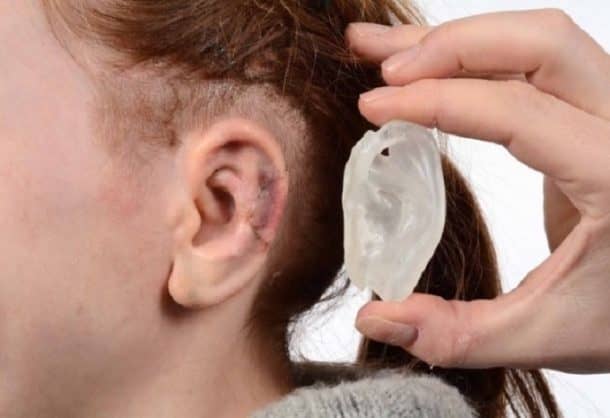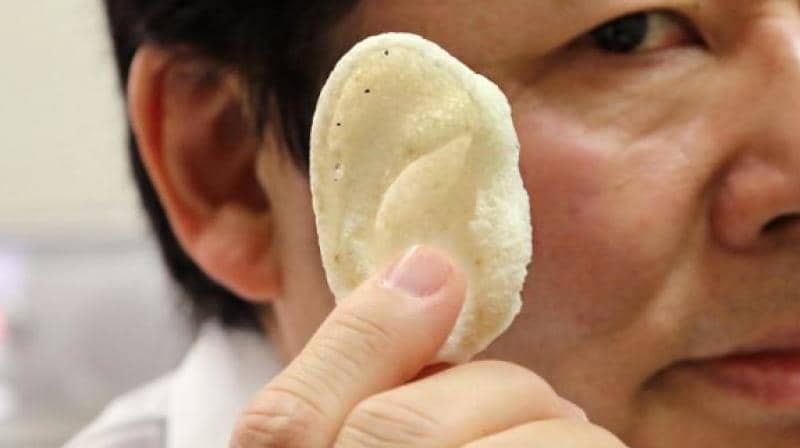With breakthroughs in 3D printing, its number of applications are increasing many folds. Dr. Jeffrey D. Hirsch is leading a team from the University of Maryland, that is looking at 3D printing to solve problems relating to hearing loss. To understand better how this technology works, we need to look at the basics of the working of the ear.
There are three tiny bones known as ossicles, which are linked together inside the middle ear. These bones transmit vibrations from the eardrum to the cochlea. If any of the three bones are damaged, it can result in a condition called ossicular conductive hearing loss.

This condition is currently being treated by the replacement of these damaged bones with steel and ceramic prosthetics via surgery. The surgery has a high failure rate as each piece is handmade for the individual patient inside the operating room. This is due to the fact that the prostheses aren’t an exact match of the bones they are replacing.
Dr. Hirsch and his team carried out experiments in the lab which the researchers extracted the middle linking bone in the ossicular chain from three human cadavers. These bones were imaged using computerized tomography (CT) scanner. These scans were then used to create resin reproductions of the bones via a 3D printer.
Four surgeons were called upon to take a look at these prostheses and to match them to the ossicular chain that they came from. The surgeons had no prior knowledge of which bone came from which cadaver but were able to match it successfully.
The scientists are now planning to take it one step further by printing implants from biocompatible materials. They are even exploring the possibility of making them from a lattice-like material, into which stem cells could grow. This would mean that the prosthesis would be eventually replaced by bone. “This study highlights the core strength of 3D printing – the ability to very accurately reproduce anatomic relationships in space to a sub-millimeter level,” says Hirsch. “With these models, it’s almost a snap fit.”
With this latest development, it might not be long before these 3D printed prostheses become a common practice to cure ossicular conductive hearing loss.

